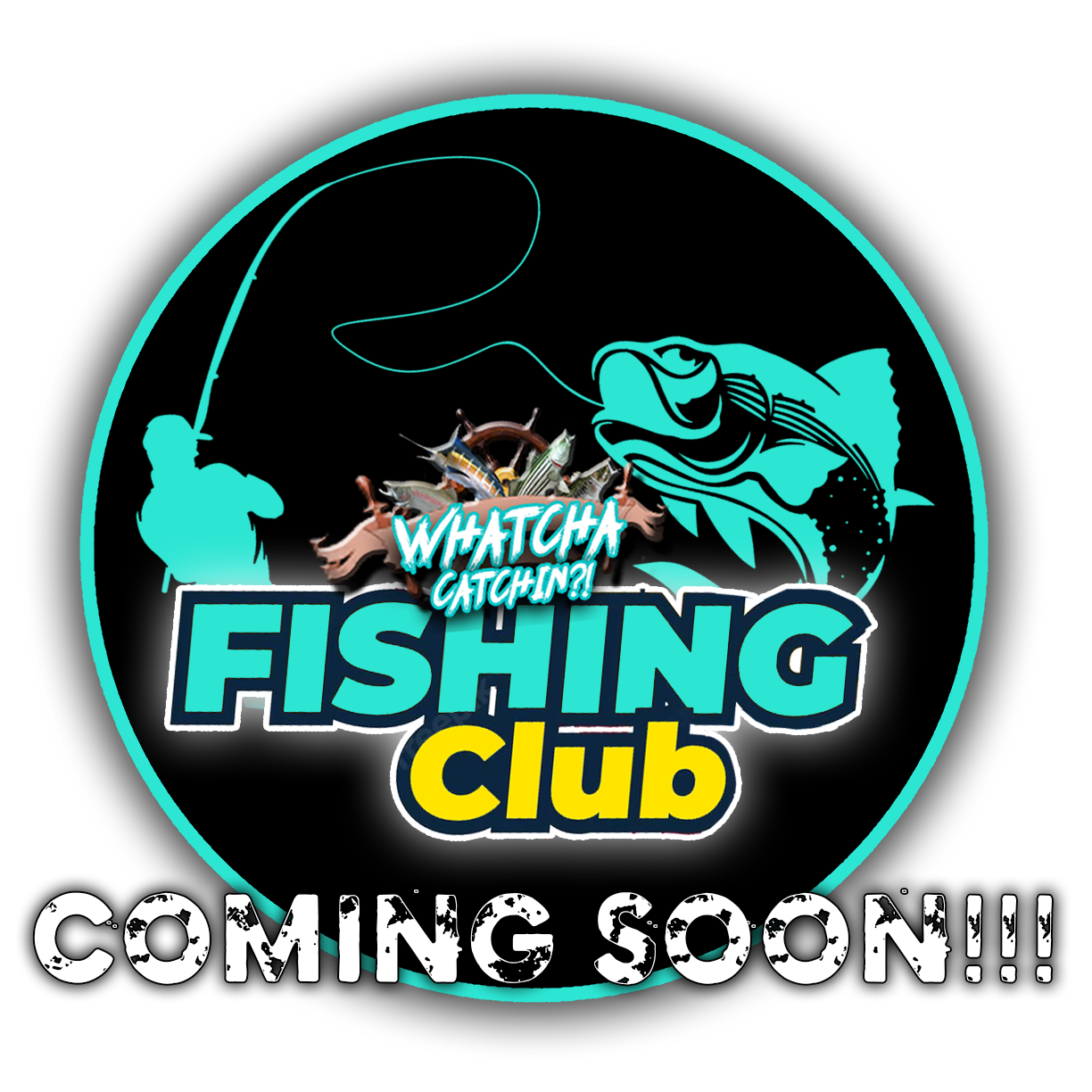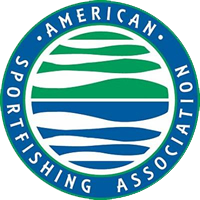As the summer sun starts to hang lower in the sky and autumn begins to move in, our tactics for targeting snakeheads need to change. Keeping in mind that the optimum water temperature range for snakehead is from 50 degrees up to 80.6 degrees Fahrenheit, we’ll need to adjust our tactics as the water temperature drops in the fall.
I have fished for snakehead as late as October, but catching them that late in the year can be a challenge. I have also noticed that the snakehead I’ve caught late in the year tend to be smaller fish. The fish at this time of year have moved away from their shallow summer haunts and are seeking out deeper water. This normally occurs when the days become shorter and the grass and lily pad fields are dying off.
What’s happening during this phase of the season is the snakehead are following the bait and are trying to fatten up for their winter rest. You’ll find them off points of land, deeper water stump fields, dying grass beds, and hard cover. These locations are similar to where you find them in the spring, just before they move up into the feeder creeks and then into very shallow water. Remember, snakeheads are apex predators and they are looking for baitfish. They are seeking out locations where they can push the baitfish to trap them, as well as places to hide and ambush a meal.

You’ll also find the bait off points of land where they are seeking cover and an escape route to deeper water. Usually these are points that are found at the mouths of feeder creeks which flow into a main body of water. You will need to follow the wind, too — fish the windward side of points and windblown shorelines. Baitfish will get pushed up against the bank by the wind, or perhaps they are following their food supply that’s getting pushed up just the same, such as algae, phytoplankton, zooplankton, or even smaller fish.
Shared via FishTalk Magazine- continue reading here.
[adguru zoneid=”3067″]










